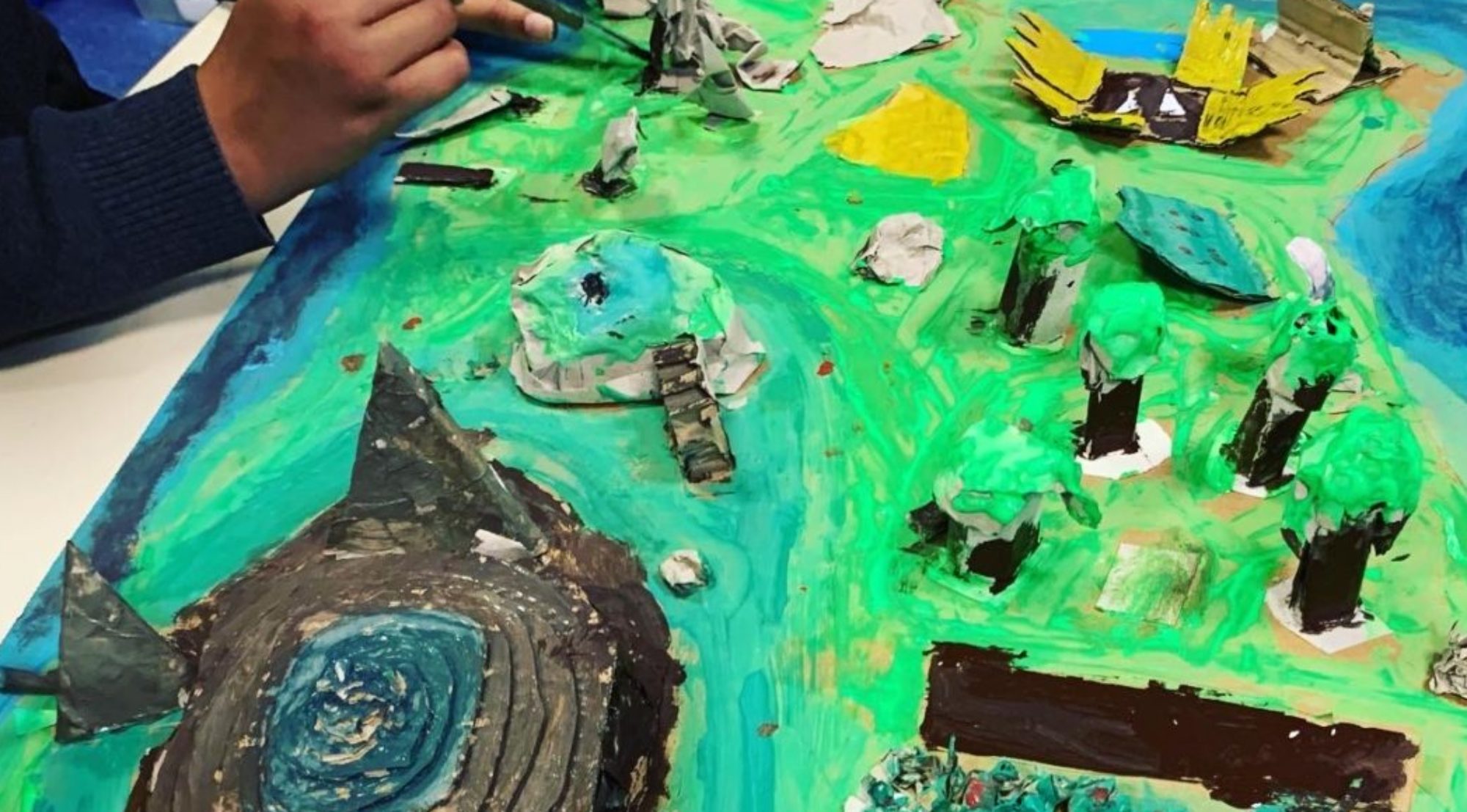This week we used wire coat hangers and string for our sound investigation. We worked in pairs to bang the hanger off the table. We each held the end of a piece of string that was attached to the hanger and we could hear the sound quite quietly. When we wrapped the string around our fingers and then placed our fingers in our ears the sound was much louder.


Following this, we took turns individually, held onto both pieces of string and placed our fingers in our ears. The sound was even louder it sounded like ‘booongg’.
We watched a video on how vibrations make sounds for example when we sing our vocal cords vibrate and create a sound.











































